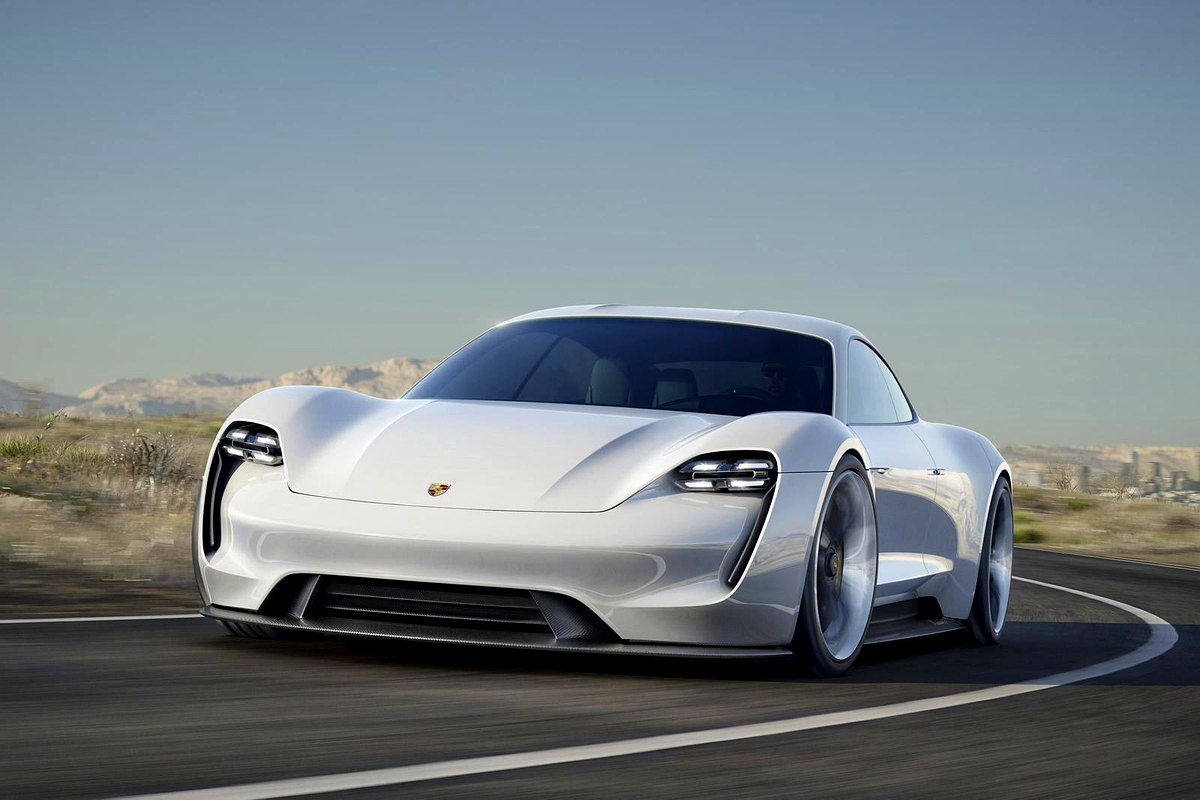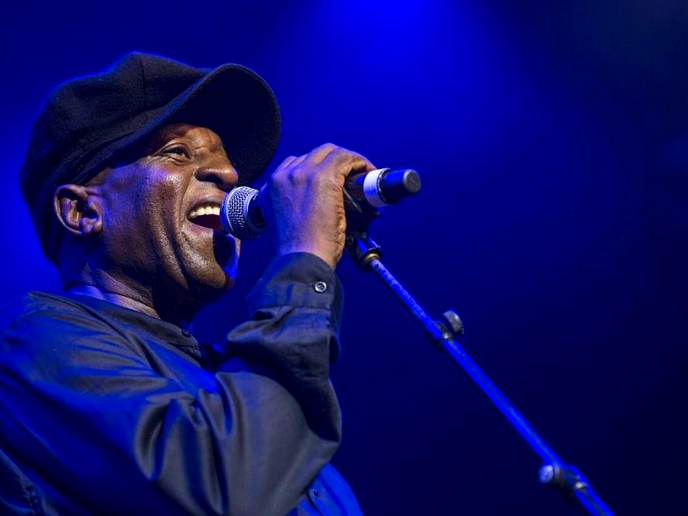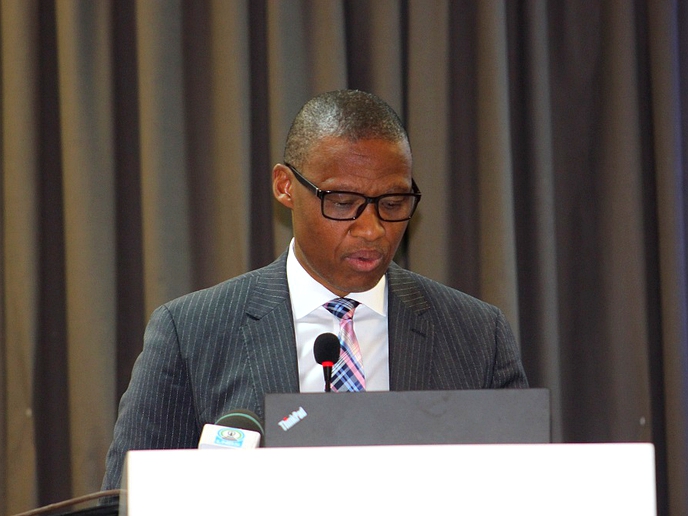Porsche, being Porsche, does things differently. From the very first hybrid, 119 years ago, to the world’s most successful rear-engined performance car; some would say the world’s only successful rear-engined performance car.
society
Aug. 9, 2018
4 min read
Porsche details its electric Taycan …due in 2019

And its solutions to the challenges facing electric cars are just as different, as we can see from the technical details, released recently, of the Taycan, Porsche’s first pure-electric vehicle.
The Weissach whitecoats opted for two permanently excited synchronous motors (developed from those used on the Le Mans-winning 919 hydrids) using permanently magnetised rotors, rather than switching on the current when it’s needed. The result is instant torque literally from zero revs, for acceleration off the line that’ll leave any combustion-engined production car gasping - just ask anybody who’s tried to beat a Tesla away from the lights!
The motors in the Taycan (there’s one on each axle, for a total of 440kW) have been specially developed to be as light and compact as possible - to the point where the stator coils are wound with rectangular rather than round copper wire so they could get more copper, and thus more inductive energy, into the same space. Simple, but effective - a rectangular wire has 27 percent more cross-sectional area than a round one of the same size.
All batteries provide direct current, generated by a constant chemical reaction; synchronous electric motors, however, run on alternating current, so all battery-car makers use inverters to convert direct current to alternating current. Most inverters supply current that alternates at a fixed pulse frequency, usually 50 or 60 Hertz as per domestic 220V AC - that’s the faint hum most kids and some adults can hear coming from a fluorescent light fitting.
Porsche, however, uses inverters with an infinitely variable pulse frequency, so the motor always runs at optimum efficiency. Lithium-ion batteries also work best between 20 to 40°C, so the cooling system uses temperature sensors to monitor the car’s cooling requirements in real time, and direct the cooling water to where it’s most needed. And if you floor it, the system kicks up a gear without waiting for heat build-up to impair the efficiency of either the battery or the motors.
Enjoy our daily newsletter from today
Access exclusive newsletters, along with previews of new media releases.
Porsche quotes a battery range of more than 500km, but doesn’t say how that’s calculated (if uses the now discredited NEDC, that’s likely to be more than a little optimistic).
The Taycan battery runs at 800 volts rather than the industry-standard 400 volts; this allows for very fast charging (using a special Porsche charger, of course) and enables Porsche to use lighter cables to connect the battery, inverter and motors. The energy density of the best lithium-ion cells is currently about 270 watt-hours per kilogram, but Porsche says that’s improving at about five percent a year.
The battery in the Taycan has about 400 lithium-ion cells, each generating roughly four volts, which are connected both serially and in parallel. The intelligent cooling system cooling system gets it up to temperature quickly and cools it reliably under heavy load - especially fast charging, where the objective is to pump the battery up from dead flat to 80 percent - that’s about 400km, according to Porsche - in just 15 minutes.
The Porsche charging system is designed to work at 800 volts, but is also compatible with all battery cars on the market with 400-volt technology. But it needs a lot more power than is available from the domestic grid, where even a 380V three-phase connection is only good for about 22kW. Few of the scattered direct current fast-charge stations currently online in Europe deliver more than 50kW, but Porsche is talking about a future network of stations that will push seven times that!
The bottom line is that, for the foreseeable future, recharging your Taycan at home will take all night, while existing commercial fast-charge stations will need an hour to pump enough amps into its battery for the next 250km.
Porsche says it has 40 specialists working on the Mission E (now Taycan) project, and they’ve already built more than 100 test mules, 21 of which have racked up an astonishing 40 000km of hot-weather for testing in the Northern Cape.
The company plans to shift to electric power ahead of its German competitors; it’s forecasting sales of 20 000 Taycans a year (that’s two-thirds of the number of 911s it currently sells) when it goes on sale late in 2019, and plans to have half of all Porsches on the market either pure electric or plug-in hybrid powered by 2025.
Tailored for you






